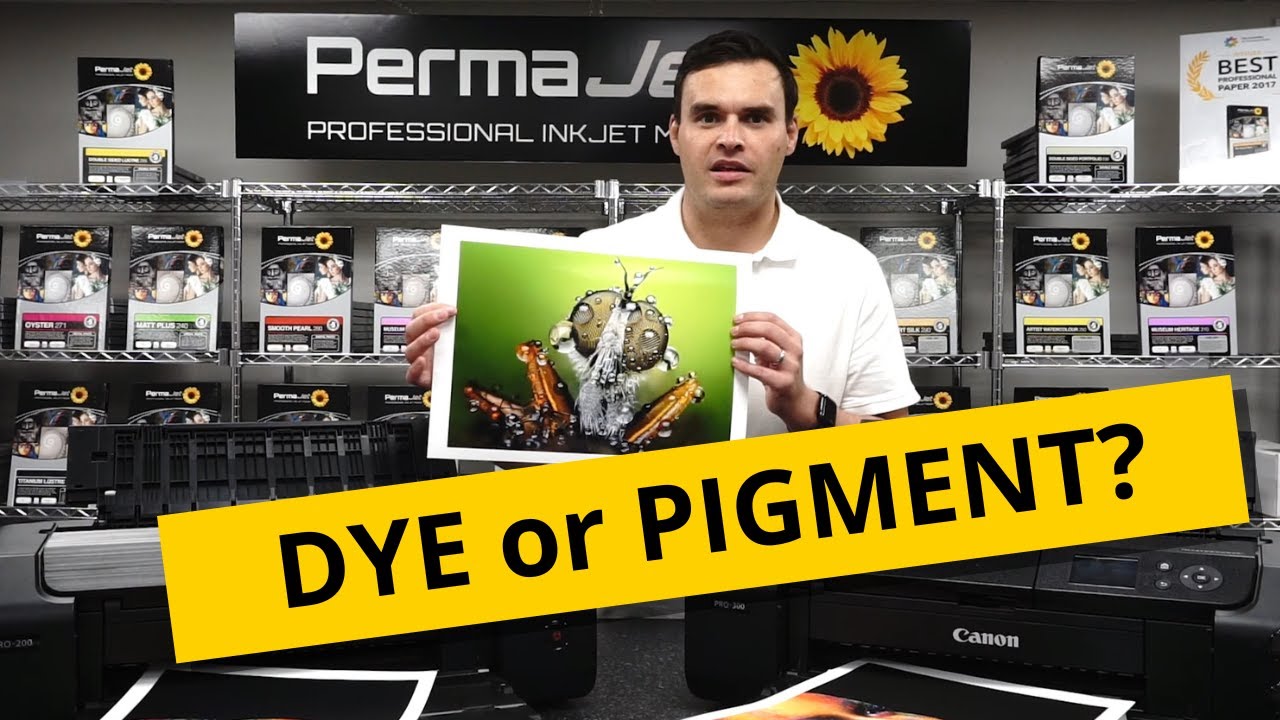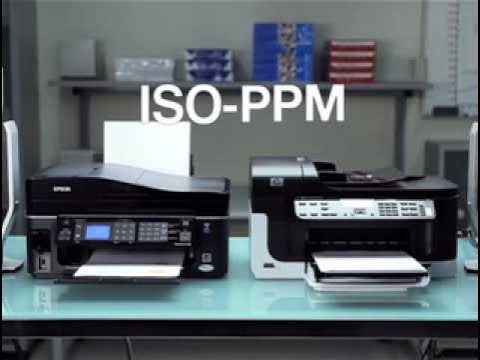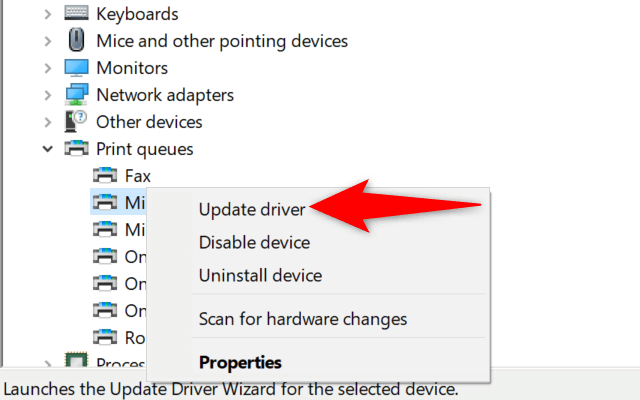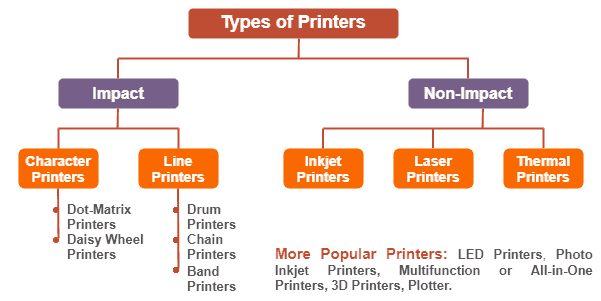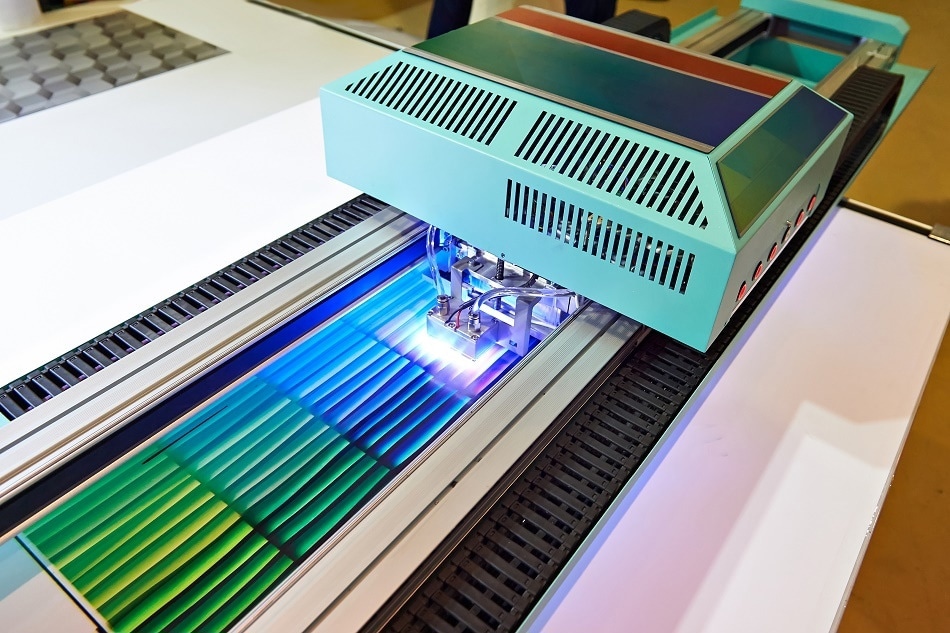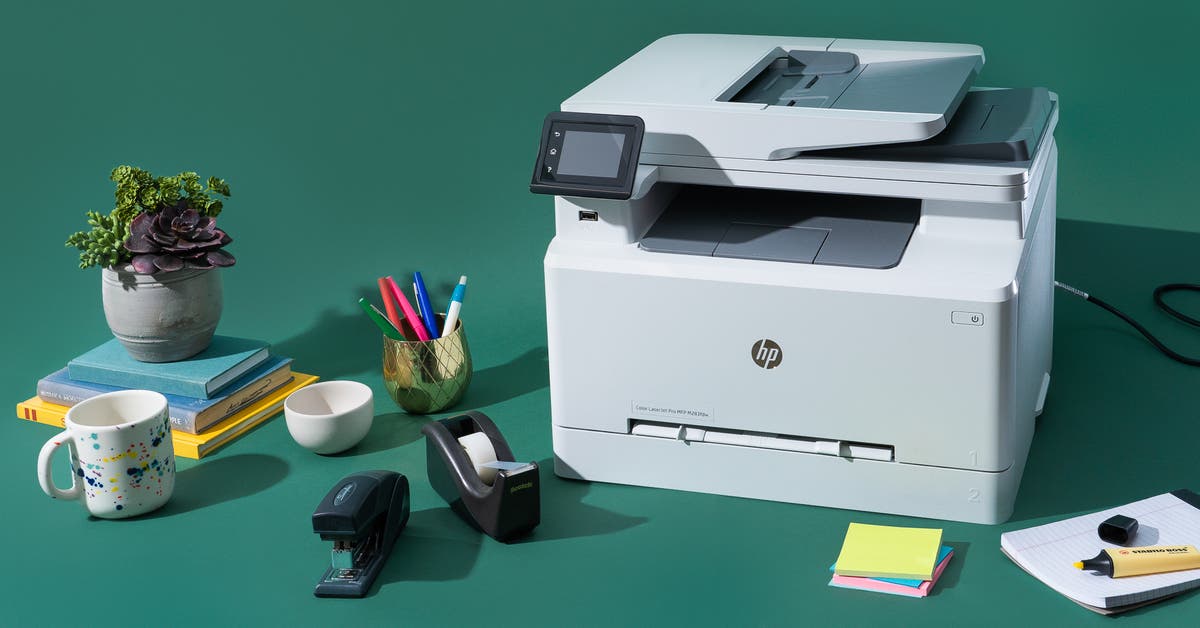The Hidden Concerns of Laser Printers: Unveiling the Two Major Safety Hazards
Introduction
Laser printers are a staple in offices and homes across the globe, known for their fast printing speeds and excellent quality. Yet, many users remain unaware of the safety hazards linked to these devices. This article will provide an insightful exploration of the hidden concerns of using laser printers, particularly the two major safety hazards. Not just that, we will also discuss in detail how to mitigate these risks, ensuring you can use laser printers safely and efficiently.
What Is A Laser Printer?
A laser printer is a widely used printing device that owes its birth to Xerox in the 1960s. It has been cherished for super-fast output and high-quality prints. Unique from an inkjet printer that uses tiny ink droplets to print, laser printers operate on an electrostatic digital printing process. Here's a quick rundown:
- Core Concept: It performs printing procedure through a laser beam that scans across a negatively charged cylinder, known as a 'drum,' to create a differentially charged image.
- Ink Usage: It utilises electrically charged powdered ink (toner) that drum collects selectively.
- Print Transfer: The ink from the drum is transferred to the paper, ensuring the printed output is of high quality.
- Advantage: This design makes laser printers more reliable, quieter, and faster over prolonged use.
- Popularity: The durability and soundless operation of laser printers have made them a common choice for homes and offices worldwide.
In essence, a laser printer is an efficient and dependable gadget for high-speed, premium printing.
Understanding the Core Technology of Laser Printers
When it comes to laser printers, it's imperative to understand that their working principle relies on the concept of xerography or electrophotography. Here's a step-by-step simplified description of this core tech:
- The printer first creates an image by using a focused laser beam to illuminate the specific parts of a rotatory drum with a charged selenium coat.
- Wherever the laser light touches, the charge dissipates and that part of the drum gets discharged.
- The negatively charged toner particles then stick only to the uncharged areas on the drum, forming an image.
- A heated roller, called the "fuser", melts the toner, making it bond with the paper where the image is transferred.
This process is efficient, quick, and usually results in high-quality prints. However, it can lead to:
- Ozone production: The high voltage in laser printers can convert atmospheric oxygen to ozone, which is harmful at ground level.
- Toner particles emission: Fine dust from toner cartridges can be inhaled or ingested, posing potential health risks.
- Mechanical complexity: Failure to maintain or operate printers properly can cause some physical hazards.
Fortunately, with proper use, maintenance, and safety practices, these risks can be effectively managed.
What Are the Two Major Safety Hazards When Dealing With Laser Printers?
Despite their popularity, laser printers can be a source of two significant safety hazards. A deeper understanding of these can guide us to exercise caution and adopt safer practices while using these devices.
1. Ozone Emissions
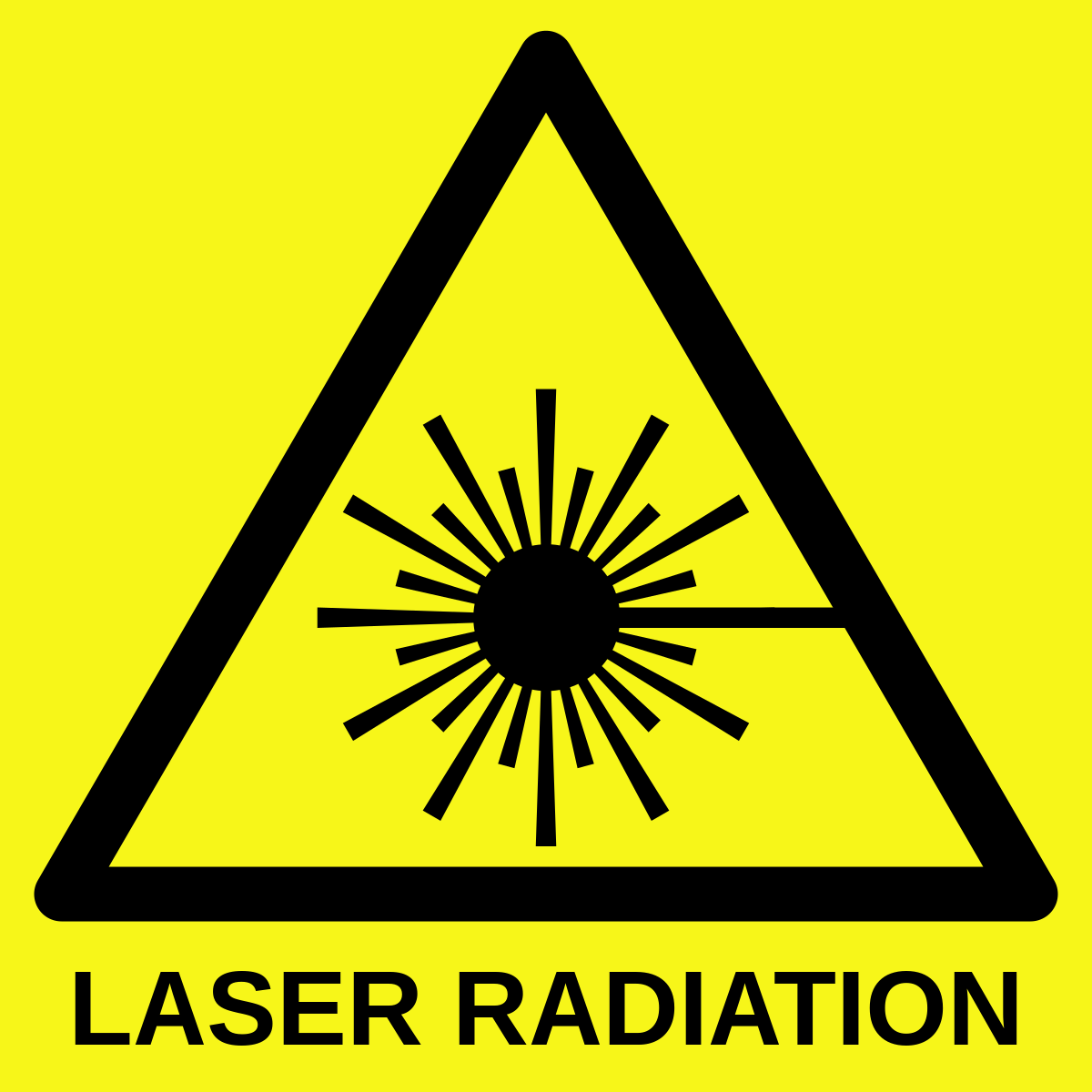
Given the high-voltage nature of their operations, laser printers trigger a chemical reaction that turns atmospheric oxygen into ozone. When in the stratosphere, ozone plays a crucial role in shielding the Earth from harmful UV rays. However, at ground level, ozone can wreak havoc on our health.
Here's a snapshot of the potential impacts of ozone emissions:
- Respiratory problems: Long-term exposure to ozone can cause various respiratory ailments, including coughing, throat irritation, and discomfort or burning in the chest.
- Asthma triggers: Ozone acts as a powerful respiratory irritant, which can exacerbate pre-existing asthma symptoms or even initiate asthma attacks.
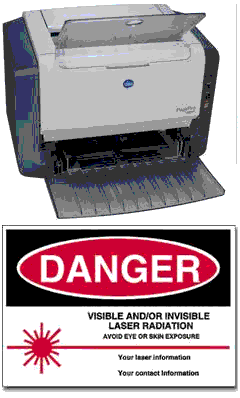
- Lung tissue damage: Extended exposure to high concentrations of ozone may lead to irreversible lung damage.
2. Toner Particles Emission
Toner, an essential component in laser printers, is a fine powder made from polymer and carbon particles. When you replace a toner cartridge or if there is a spill, tiny toner particles can get airborne, leading to potential health implications.
The possible health risks linked to toner dust exposure include:
- Respiratory concerns: Inhalation of toner dust may lead to discomfort, coughing, and chest tightness. Chronic exposure might even cause more severe respiratory issues.
- Skin and eye irritation: Direct contact with toner dust can lead to skin and eye irritation.
- Unknown long-term effects: Although not established, ongoing research investigates the possible link between prolonged toner exposure and severe conditions like lung disease and cancer.
While these risks are a matter of serious concern, implementation of safety measures can drastically reduce the exposure to these hazards, making it safer to work around laser printers.
How Can We Mitigate These Safety Risks?
As we unveil the safety hazards linked with laser printers, it becomes crucial to discuss effective risk mitigation strategies. These strategies can ensure that you continue to enjoy the quality and speed of laser printers while reducing potential harms.
1. Equip Workspaces with Excellent Ventilation Systems: One of the key methods to combat the risk of ozone emissions is by improving the ventilation in spaces where laser printers are frequently used. A well-ventilated room can efficiently dilute the concentration of ozone gas, reducing its harmful impact.
2. Regular Printer Service: Regularly scheduled laser printer maintenance can assist in diminishing the amount of ozone emitted. Ensuring your laser printer is in peak condition not only enhances its lifespan but also bolsters safety.
3. Careful Handling of Toner Cartridges: Toner cartridges need to be handled delicately to deter the release of toner dust. Inculcating the habit of always washing hands after handling toner cartridges can minimize the chance of inadvertent ingestion or respiratory exposure.
4. Use of Protective Gear: For individuals frequently dealing with toner cartridges, protective equipment such as gloves and masks can reduce the risk of inhaling toner dust or getting it on your skin.
5. Choose Low-Emission Equipment: To further alleviate the threats, consider investing in laser printers that come with built-in ozone filters and utilize low-emission toners. Such printers can significantly minimize your exposure to potential risks.
6. Regular Cleaning and Correct Disposal of Old Cartridges: Regular cleaning of the printer and proper disposal of old cartridges can further aid in minimising potential hazards.
7. Statistical Importance: A survey by Queensland University of Technology identified that up to 30% of printers may emit significant amounts of ultrafine particles, underlining the importance of these precautions.
By adhering to these mitigation strategies, you can significantly contribute to setting up a safer environment for using laser printers, thereby minimising potential health hazards.
User Experiences: What Are the Real Life Impacts?
Putting the spotlight on actual experiences provides meaningful insights into the serious implications of the hazards associated with laser printers. Here's a summary of some real-life instances:
- Respiratory Issues: Several users have reported respiratory discomfort linked to ongoing exposure to laser printers. Complaints of incessant coughing, chest tightness, and difficulty breathing highlight the critical implications of inadequate ventilation and high ozone levels in closed spaces.
- Skin Reactions and Eye Discomfort: Instances of skin irritation and eye unease, particularly among people frequently handling toner cartridges, are not uncommon. Symptoms include redness, itchiness, tearing, and in severe cases, slight visual disturbances.
Conversely, taking the right precautions markedly improves users' experiences:
- Symptoms Alleviation: Many users noticed a substantial decrease in symptoms after implementing safer handling practices and improving their workspace's ventilation.
To give you a more quantitative idea, here's a snapshot of a poll conducted among laser printer users:
- 85% experienced some form of discomfort due to prolonged proximity to laser printers and lack of awareness regarding the associated hazards.
- 65% of this group noticed significant symptom improvement after adopting the recommended mitigation strategies.
These experiences stress the urgent need for proper laser printer handling and maintenance. They also highlight that with the right steps, users can prevent health issues and safely enjoy the benefits of laser technology.
Conclusion
While the risks associated with laser printers should not be ignored, they can be effectively mitigated. Adequate ventilation, proper handling of toner cartridges, and regular maintenance of the printer are key to ensure safe operation. Stay informed and safe, and enjoy the benefits of laser technology.
Related FAQs about what are two safety hazards when dealing with laser printers
Are there other potential safety risks associated with laser printers?
In addition to ozone emissions and toner particles, laser printers can also pose other safety risks, including electric shock due to high operational voltage, potential fire risk due to extreme heat if not correctly maintained, and mechanical injuries from moving components.
What innovations in technology are working to make laser printers safer?
Technological advancements are helping to make laser printers safer. These include design improvements for better toner containment, use of low-emission toners, inbuilt ozone filters, and automated maintenance reminders. These innovations aim to minimize users' exposure to potential hazards.
How can individuals ensure they are using their laser printers safely?
To use laser printers safely, individuals should ensure good room ventilation, regularly maintain and clean their printer, handle toner cartridges with care, use protective gear if needed, and dispose of old cartridges properly. Choosing laser printers with low-emission toners and built-in ozone filters also enhances safety.

